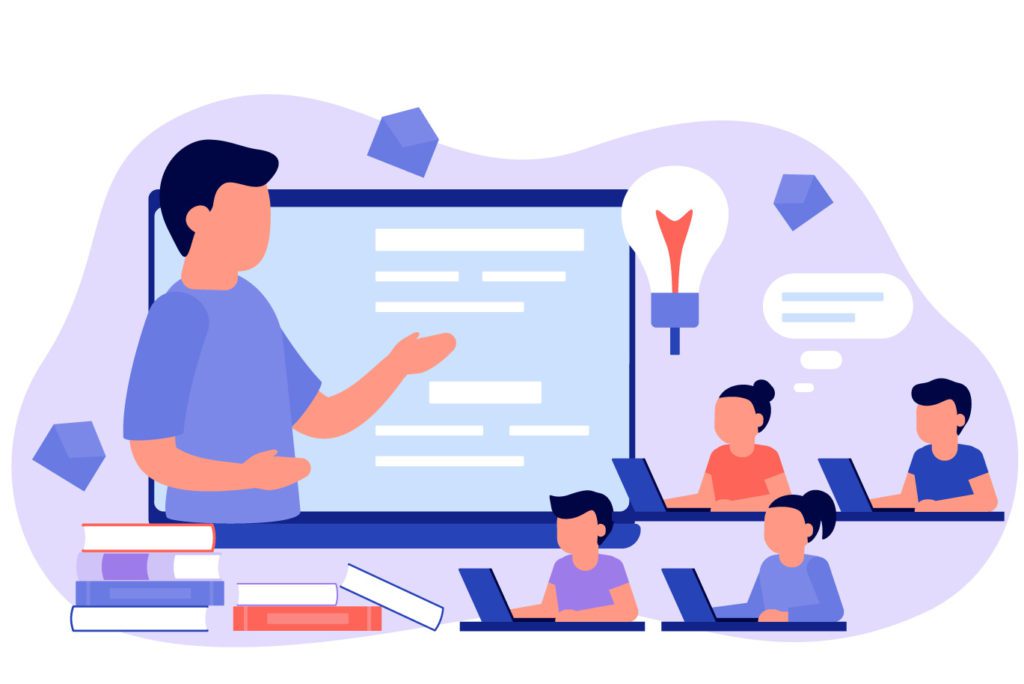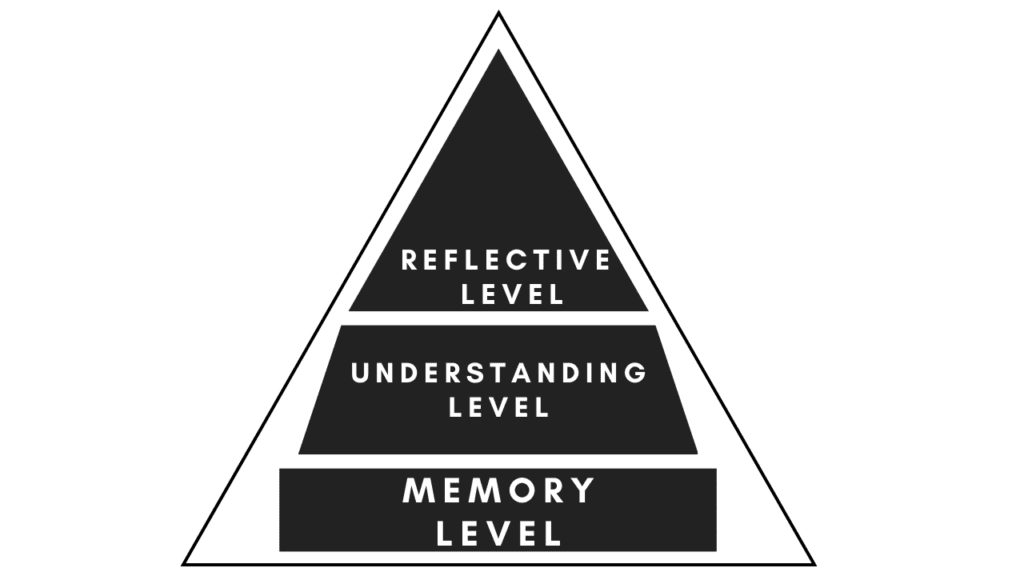Teaching is a profession that requires utmost dedication, responsible behavior, patience, passion, and the ability to shape the future of children. This profession has a lot of levels of teaching and thus requires practice to become a successful teacher. Teaching children seems like an easy job, but it requires patience and consistent effort.

Teaching is a very demanding profession and thus demands teachers to create and optimize their teaching strategies according to their students and their learning needs.
Let us understand levels of teaching
Teaching aims to promote learning, and it occurs at different times, from early childhood to higher education. All levels of teaching have their own unique characteristics and are used at different levels of teaching.
Teaching at different levels requires different efforts and approaches. For this, one needs to understand the three different levels of teaching:
- Memory Level
- Understanding Level
- Reflective Level
There are three levels of teaching, so let’s understand their characteristics. Before we understand the difference between them, look at the image below.

Now let’s understand these levels of teaching in detail.
1. Memory level of teaching
The memory level of teaching means that the focus is on memorization rather than understanding the concept of it. It is used to impart knowledge to the students. Memorization is not always the best form of teaching. This level of teaching helps students to acquire and retain new knowledge and skills for a longer period of time.
Different levels of teaching require different approaches, and for this, teachers can use multiple strategies to help their students retain information, such as repetition, retrieval practices, and organization. Teaching at different levels is not easy and every level requires some use of the memory level of teaching to make students memorize the basic concepts.
Suggested: Fascinating Reasons To Try Scaffolding Strategies for Teachers
Advantages :
- It creates a base for other levels of teaching
- It is a good technique for slow learners
- Helps students to learn new concepts
Disadvantages:
- Loss or recall and retention of information
- Dominance of teacher
- The interaction level is low in the classroom
2. Understanding the level of teaching
Understanding the level of teaching is one of the thoughtful levels of teaching. In this, students are encouraged to connect with the subject matter and gain a deep understanding of the concepts being taught. This approach involves teachers and students working together to analyze and piece together information based on their prior knowledge and level of comprehension.
While teaching at different levels teachers use different strategies to help the students learn and grow, such as discussions, lectures, explanations, and other interactive methods that can help the students to understand the subject matter more effectively.
Advantages:
- The interaction between students and teachers is good
- Acts as entry level for the reflective level of teaching
- Better learning
Disadvantages:
- Teacher centered
- No individual learning
3. Reflective level of teaching
The reflective level of teaching, also known as the introspective level of teaching, is considered the highest level of teaching. In this, the students not only memorize or understand the concepts. Rather, they use higher mental processes such as reasoning, thinking, analyzing concepts, imagination, and finding facts, as well as many more.
Out of the other levels of teaching, this focuses on higher-order thinking that helps the learner to develop new insights like solving problems, finding facts, developing rational and critical thinking, as well as developing decision-making skills in students.
Advantages
- Learner-centered
- Development of creativity
- Learning problem-solving skill
- Maximum flexibility
Disadvantages:
- Not suitable for lower classes
- Time-consuming process
- The excess burden on teachers
Final Thoughts
Well, as mentioned, the memory level of teaching is at the lowest level, and the reflective teaching method is at the highest level. It entirely depends upon the teacher to choose which levels of teaching are suitable for their students and apply them. Teaching at different levels requires the use of different strategies and thus results in using different levels of teaching.
The Best Guide To Different Levels Of Teaching FAQs
A1. Three different levels of teaching are memory level, understanding level, and reflective level.
A2. The steps of understanding level of teaching are Exploration, Presentation, Assimilation, Organization, and Recitation.
A3. The highest level of teaching is the Reflective level of teaching.
A4. The lowest level of teaching is the Memory Level of teaching.
A5. H.C. Morrison gave the levels of teaching.




